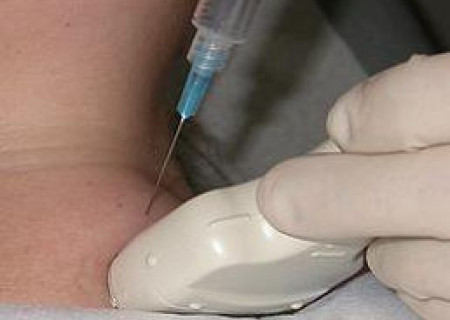
Interventional Radiology
Interventional radiology is a rapidly advancing branch of medicine and is a therapeutic branch of radiology.
The variety, complexity, and depth of operations in Invasive Radiology treatments, which date back to the 1960s, have increased significantly in recent years. In this way, as methods and techniques for a much wider range of operations have been developed, invasive treatments for more complex and untouchable diseases have become possible.
Invasive Radiology is not a single field or organ system, such as cardiac disease, ophthalmology, or urology, but a generalist branch of medicine which performs non-surgical treatments of many organ systems that can or cannot be surgically operated on.
Operations in invasive radiology; guides the diagnosis and treatment of a variety of diseases, using less invasive methods for surgery under the guidance of imaging methods such as ultrasound, fluoroscopy and tomography. In general, these operations are easier for patients. Because there are no large incisions, operations are completed with less pain, less risk and a shorter recovery time, shorter time of hospitalization.
Invasive radiologists direct catheters (plastic tubes a few millimeters thick) through veins or percutaneously (with a needle through skin) to provide imaging guidance. Invasive radiologists plan a surgery operation on previously obtained images. The catheter is then directed endovascularly or percutaneously under visual guidance (DSA, Fluoroscopy, Ultrasound, Computed Tomography). These operations are performed under local anesthesia and, if necessary, under general anesthesia, or sedative.
Procedures performed:
- Puncture of cysts in the kidneys, liver, mammary gland, thyroid gland and other organs;
- Diagnosis of thyroid nodules and painless puncture (Radiofrequency, Microwave and Alcohol ablation);
- Intravenous treatment of goiter with angiograph;
- Vascular access in patients whose vascular tract cannot be found (Temporary and permanent hemodialysis catheters, Picc catheters);
- Opening of stenosis and occlusions (by balloon, stent and atherectomy guidance) of the carotid artery, renal, intestinal, inguinal and leg arteries;
- Diabetic Foot Treatment;
- Endovascular treatment of varicocele in men with angiography, embolization;
- Endovascular treatment of hemorrhoids with angiography;
- Diagnosis and treatment of vascular malformations and hemangiomas (congenital vascular anomalies, vascular washes and vascular derivatives) and open non-surgical treatment, such as sclerotherapy, embolization, and fertilization;
- Endovascular treatment of aneurysms (vascular balloons) in the aorta and other vessels with angiography;
- Investigation of the cause of thrombus (clot) formation in the arteries of the legs, diagnosis and angiography of clot removal, clot dissolution and stenting treatments. Treatments for acute and chronic deep vein thrombosis;
- Treatment of stenosis and obstruction of the bile ducts with catheters and stents, diagnosis and treatment of gallstones;
- Stopping bleeding by angiography found in bleeding centers (gastric, intestinal, pulmonary hemorrhage, postpartum hemorrhage, post-traumatic hemorrhage, epistaxis);
- Treatment of prostate enlargement with angiography (embolization of the prostate artery);
- Treatment of urinary tract obstruction (nephrostomy, balloon treatment and stent placement);
- Invasive Pain Therapies: Acupuncture for back, sacrum, leg, neck, shoulder, arm pain;
- Open non-surgical treatment of benign hepatic hemangiomas, renal angiomyolipoma with angiography, embolization..
- Lasting treatment of fluid collection in the abdomen and chest.